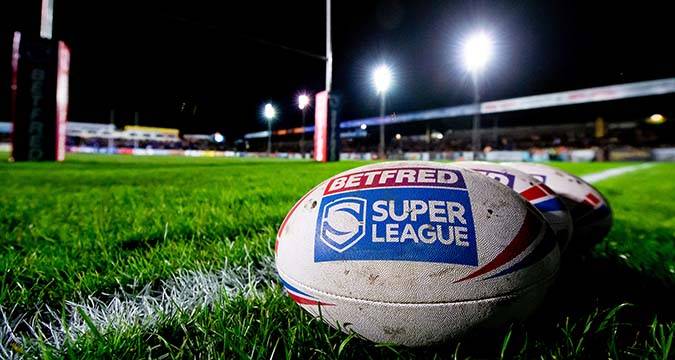
WHEN Super League licensing was first introduced in 2009, it had been in the pipeline for four years.
The Rugby Football League (RFL) introduced the licensing system in a bid to improve the overall quality of the UK top flight, akin to the NRL in being a closed-off competition.
With promotion and relegation enjoying its last season in 2007, clubs had to apply for a license to compete in Super League for the first round of licensing from 2009 until 2011.
Three different licenses were awarded – A, B or C – with certain criteria needing to be met as clubs were awarded points.
Back in 2009, the licenses were handed out to 14 teams with only three teams actually being awarded a Grade A license!
The Grade A licenses for 2009-2011 were:
Hull FC
Leeds Rhinos
Warrington Wolves
The Grade B licenses for 2009-2011 were:
Bradford Bulls
St Helens
Wigan Warriors
The Grade C licenses for 2009-2011 were:
Castleford Tigers
Celtic Crusaders (now North Wales Crusaders)
Catalans Dragons
Harlequins (now London Broncos)
Hull KR
Huddersfield Giants
Salford City Reds (now Salford Red Devils)
Wakefield Trinity Wildcats (now Wakefield Trinity)
In 2008, there had only been 12 Super League teams with both Salford City Reds and Celtic Crusaders promoted from the Championship with Grade C licenses.
The City Reds had won that year’s Grand Final against the Crusaders in a 36-18 victory with both sides deserving of their place in Super League.
Of course, there was another round of licensing in 2012, with only the Widnes Vikings moving between divisions and taking their place in the top flight after Crusaders folded.
